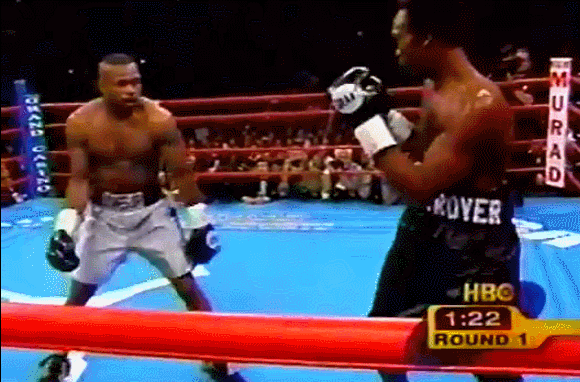Complaining already?
The Gracies didn't care, they risked getting knocked out just like anyone else. This was more than a trial & error process, it was the time that dispelled much of the TMA's balogna. And it changed the world of Martial Arts. 25 years now, what a long *** "fad".
Typical excuse. So where were all these superhuman TMA fighters? They were all biding their time for the right moment right? And UFC 1-4 wasn't the "right time"....only paying $60,000 to the winner for the night....so that's about $106,000 in today's money for ONE night of fighting. These "great representatives" of TMA were what....too busy holding seminars for 15-20 people, of which at least 10 of them are their helpers, family & students = non paying? Too busy selling VHS tapes of secret techniques? Making what, $0 to $10,000 per year teaching TMA?
How much did Karate prize point fighters make in 1993, fighting in a rented Middle School gym on a Sunday? $0 + a trophy? National championship, then make that a rented High School gym on a Saturday. How much do they make today, in 2018? About the same? Oh but the UFC 1-4 was def. not worth their time right?
There were no disqualifying rules in the early UFC's. TKD or any TMA could have done anything they wanted to win.
The UFC has a roster of 500+ fighters, name 100 fighters that fits this description. That's only 20%, surely you can name 100 if this is such a phenomenon right? How about 10%, can you name at least 50 fighters?
As I said, not worth the effort.
You and I are having completely different conversations, most of yours being in your head.
You even quoted someone who called mma a fad, but it wasn't a word that appears in any of my posts.
So you enjoy whatever high you get out of telling the world how terrible tma is. It is clearly all you are here for.

